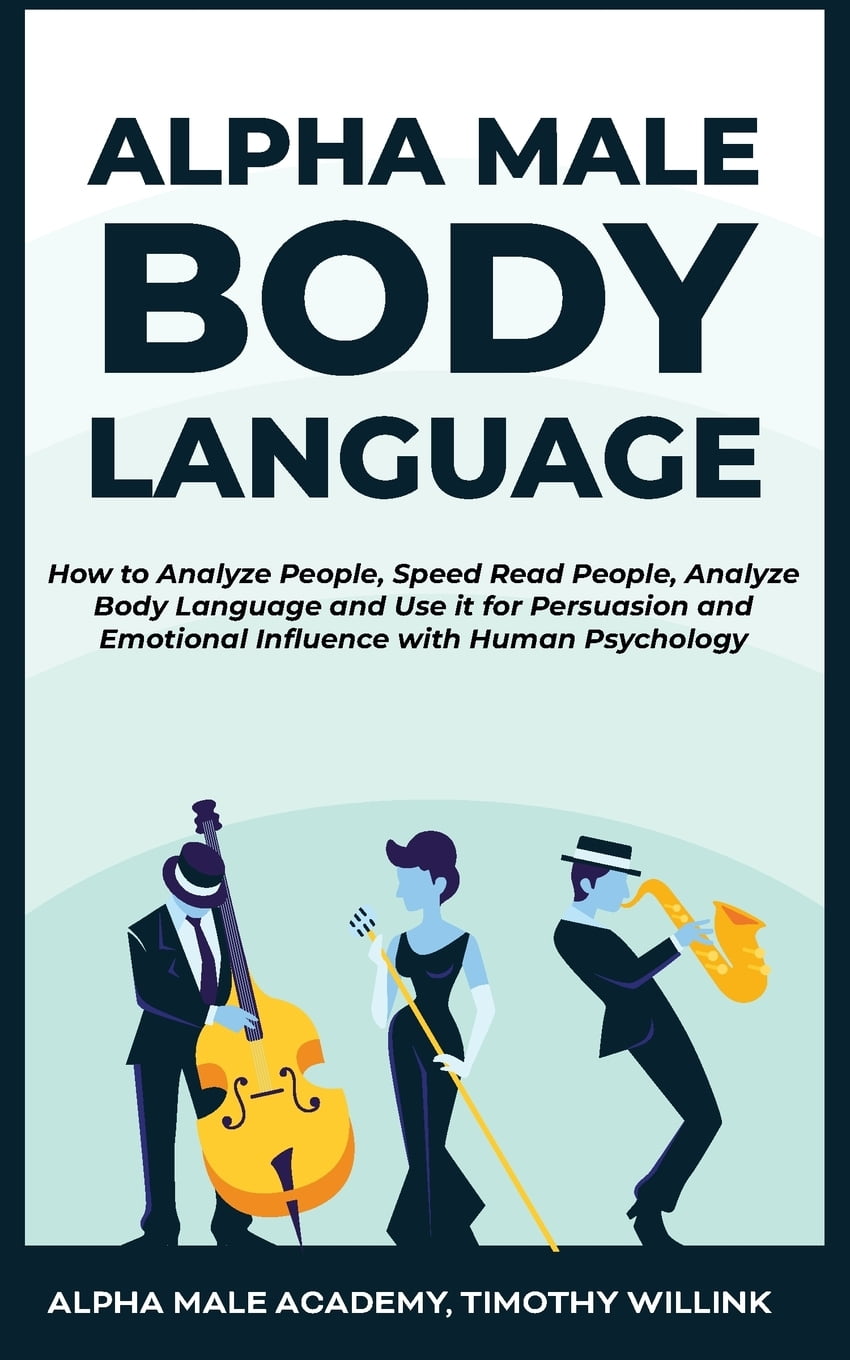
He called it ‘kinesics.’ Astoundingly, Birdwhistell’s research revealed that we have more than 250,000 facial expressions at our disposal! We know we communicate through gestures, our eyes, and touch - sometimes way better than we may through the limitations of words.Īnthropologist Ray Birdwhistell pioneeredthe study of nonverbal communication. We don’t need words all the time to convey our emotions. If you have ever watched a silent movie, then you would have known what a powerful actor Charlie Chaplin was, using only body language and gestures to elicit a laugh or a tear from his audience. But before prehistoric humans developed speech and language, they relied on body language to convey their emotions and feelings. Our parents would have celebrated that moment when we first spoke our first word. We grow up thinking that speech is our main form of communication. Can we influence winning with something as simple as learning to modulate our physical and verbal cues? The answer to that goes a little further back. But is it true that our bodies can also change our minds, Cuddy asks. We know that our minds change our bodies. The key point from her years of research: “Your body language may shape who you are.” It’s a power talk in itself with more than 2,500 comments: “I really want to change my behavior with all these small steps and make my life successful.” “Our bodies change our minds and our minds can change our behavior, and our behavior can change our outcomes.”įollowing the talk, Cuddy wrote a bestselling book called ‘Presence,’ highlighting the power of presence to make far-reaching changes in our lives. In her speech, Cuddy suggests that a posture of confidence, or “power posing” as she called it, can change other people’s perceptions. This went on to become the second-most popular TED talk in history. In 2012, a social psychologist called Amy Cuddy gave a TED speech titled Your Body Shapes Who You Are. The art of power posing and non-verbal communication is fascinating as part of self-improvement. He was showing us the power of body language. Or in other words, one of the world’s greatest athletes was demonstrating what winners looked like. Bolt’s winning pose exudes power, poise, and confidence. Known as the ‘Lightning Pose,’ it’s wildly popular - everyone from Obama to Prince Harry has tried a variation of that pose.

It’s the familiar Usain Bolt signature pose. As the stadium erupts, Bolt in his typical fashion - is down on one knee, one arm bent at the elbow, and the other pointing to the sky.

In 2016, Usain Bolt made history by becoming the first man to win the 100m dash for three consecutive Olympics.


 0 kommentar(er)
0 kommentar(er)
